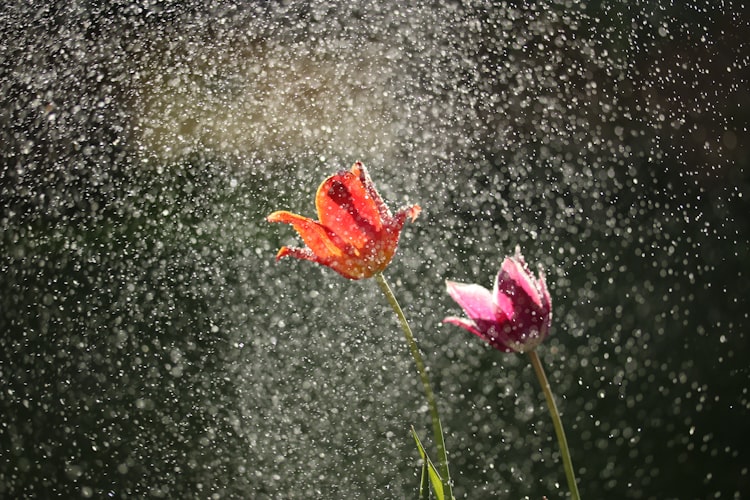Drought Tolerant Gardening - Nurse Rocks

Plants labeled “Water-Wise” or “drought tolerant” have the potential to become tolerant of dry spells. They are not drought tolerant until they establish themselves properly. Plants have a number of tactics to tolerate drought including: retaining moisture, by growing long roots to tap into groundwater deep below the dry surface, or by going dormant during dry spells. All of these techniques require energy that only a mature plant has. We need to nurse them into maturity after planting them. One tool for this is called the “nurse rock”.

Place the nurse rock at the base of the plant, a short space away from the plant on the southwest side (or northwest in the southern hemisphere). This position matters because it will cast shade on the plant’s base at the sunniest part of the day. If you don’t know which direction this is, place the rock at noon on a sunny day and with the sun behind you, place the rock in front of and slightly to the left of your plant (in the southern hemisphere, to the right).

Having the nurse rock in this position will shelter the crown and root ball from heat, help the soil retain moisture, and function as a natural drip system as your plant gets established. This "drip" is caused by the rock drawing moisture from the air as it cools, which will then drip onto the soil of the plant's root ball. Another benefit is that the rock will protect smaller plants from accidental damage. A granite rock will be a lot more visible in mulch than your plants, ensuring visitors avoid the area around your valuable shrub when it is at a tender young age. Even the most oblivious delivery person will want to avoid stubbing their toe on a rock.
Drought tolerant landscapes are typically sparse in their appearance, so these rocks can be a good way to fill space in-between your shrubs. Using these nurse rocks is beneficial to your plants AND it looks really nice. I learned this technique from a Native American gardener in California who was taught this by their forefathers. Indigenous people in the new world have a lot of expert and low-cost methods for managing gardens in drought-prone landscapes.





